8 Tips for responding to an RFP

Request for Proposals (RFPs) can be a great way to win business, considering that the customer has a live need and details are available about the requirement.
I am assuming that you already know what an RFP is, the usual processes involved and the common components of a proposal when responding to an RFP. If not, read How to write a good RFP
We have put below 10 practical and effective tips that can help you respond with a winning proposal and the right strategy
01. Address the stated as well as the unstated needs
The RFP gives you visibility into a company’s need or requirement, which is visible to everyone responding to the RFP. You may be competing with 3 or 30 or even 100 other vendors, so how would you differentiate your proposal from the others.
It becomes vital to understand the company’s business, target audience, business model etc to be able to draft the approach for your proposal. Also, try to uncover the need behind the requirement to assess better solutions or approaches.
Ensure the solution is direct and the resolution of the need by the solution is very evident. Ensure you describe your understanding of the requirement or the problem that the client is looking to resolve. Avoid dumping your whole portfolio into the proposal, choose between a max of 3 – 5 most relevant projects. When available, pick past projects that are very similar to the requirement in the RFP and explain each project in sufficient detail to demonstrate capabilities.
02. Be Punctual
RFPs usually have a timeline and expectations well laid out, ensure that you stick to the plan and participate in all activities as mentioned in the RFP. Small to medium sized businesses may be a little flexible with the timelines or the deadlines. Make sure you communicate well in advance if you think the deadlines are not realistic so that the client can revise the deadlines if possible.
Do not be hasty in submitting your proposal, take your time to ensure you have the best foot forward. Submitting a proposal well before the deadline may not necessarily get you any extra points. Generally, since the deadlines are publicly displayed, clients tend to wait for the deadline to start reviewing the proposals received.
03. Add Buffer
Because of the way how RFPs are organized, it may seem that the lowest price wins hands down and there may not be any negotiation. That’s however not true, companies tend to shortlist few proposals to evaluate and negotiate further before they finally select the winning bid.
Ensure that you leave enough buffer within your estimate to be able to negotiate. However, be careful to not go crazy and inflate the cost to an extent of being thrown out of the race. The buffer would also help to cover any uncertainties or additional requirements that might come in later.
04. Avoid Typos and Grammatical Errors
Considering the proposal for an RFP may contain a number of different components coming from different teams it might seem a bit difficult to keep the quality in check. A number of vendors make the elementary mistake of not properly proof reading their proposal document. This in makes their proposal riddled with careless typos and grammatical errors. Usually in the RFP process you do not get much of an opportunity to build a relationship to leverage and win the project. If fact your proposal becomes a reflection of your credibility, quality and brand. So, you do not want any of it tainted because of careless typos and grammatical mistakes.
Always plan and factor in at least a couple of rounds of proof reading to ensure nothing misses the lens. You do not want to give the client an impression that you are careless and do not pay attention to detail.
It is generally accepted as a good practise to review your proposal by someone who was not a part of the team putting together the proposal before submitting to the client
05. Templates and Automation
Going through a number of RFPs you would find that there are a lot of common components constituting the responses to these RFPs. And it doesn’t make sense to create these from scratch every time. Creating reusable components would let them focus on the core solution within the proposal and save time.
It would also make sense to create a few structural templates as well as have well defined branding and formatting guidelines. You might still need to make changes according to each RFP but can still save a lot of time. There are a number of RFP automation software solutions out there that can help you churn out proposals in predefined formats and components further helping in improve the process, doing more with less.
06. To the Point
It doesn’t help to give a 100-pager proposal if the majority of the content is beating around the bush. It helps to avoid too much of marketing fluff or an elaborate sales pitch within your proposal. Since the client already has a need identified, ensure that the focus is always on the solution you are proposing.
Elaborate on the solution you are offering, the plan to implement and the clear differentiators that set you apart from the herd.
07. Cover the Basics
Validating the POCs, their contact info, deadlines etc. might look like a basic thing but missing out on these could be a critical mistake and could even get you disqualified. Once you have qualified an RFP to work on, create a bid plan with clear deadlines, deliverables and the accountable team/resource.
08. Gather and Utilize Data
It isn’t smart to not learn from your mistakes or the opportunities that you have lost. It should be a part of your process to collect data at the closure of every opportunity; irrespective of whether you win or lose the project. It is important to gather data on your proposal to understand what works and what doesn’t.
Conclusion – Why is it important?
Putting together a response to an RFP takes a lot of effort involving resources across multiple teams and functions. So, it becomes highly critical that you have the best foot forward for each RFP and at the same time learn from each RFP. You would have a better chance at winning a deal by having a very structured way of approaching an RFP following the tips covered in the blog.
The first step however is to identify and qualify the right RFPs for you, which in itself gets half of the job done. unRFP can help you find RFPs that you can win, sign up and get a steady stream of opportunities sent to your inbox.

